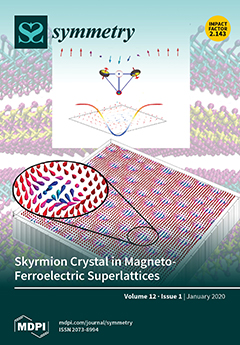We present a Relativistic Newtonian Dynamics (
) for motion of objects in a gravitational field generated by a moving source. As in General Relativity (
), we assume that objects move by a geodesic with respect to
[...] Read more.
We present a Relativistic Newtonian Dynamics (
) for motion of objects in a gravitational field generated by a moving source. As in General Relativity (
), we assume that objects move by a geodesic with respect to some metric, which is defined by the field. This metric is defined on flat lab spacetime and is derived using only symmetry, the fact that the field propagates with the speed of light, and the Newtonian limit. For a field of a single source, the influenced direction of the field at spacetime point
x is defined as the direction from
x to the to the position of the source at the retarded time. The metric depends only on this direction and the strength of the field at
x. We show that for a static source, the
metric is of the same form as the Whitehead metric, and the Schwarzschild metric in Eddington–Finkelstein coordinates. Motion predicted under this model passes all classical tests of
. Moreover, in this model, the total time for a round trip of light is as predicted by
, but velocities of light and object and time dilation differ from the
predictions. For example, light rays propagating toward the massive object do not slow down. The new time dilation prediction could be observed by measuring the relativistic redshift for stars near a black hole and for sungrazing comets. Terrestrial experiments to test speed of light predictions and the relativistic redshift are proposed. The
model is similar to Whitehead’s gravitation model for a static field, but its proposed extension to the non-static case is different. This extension uses a complex four-potential description of fields propagating with the speed of light.
Full article





